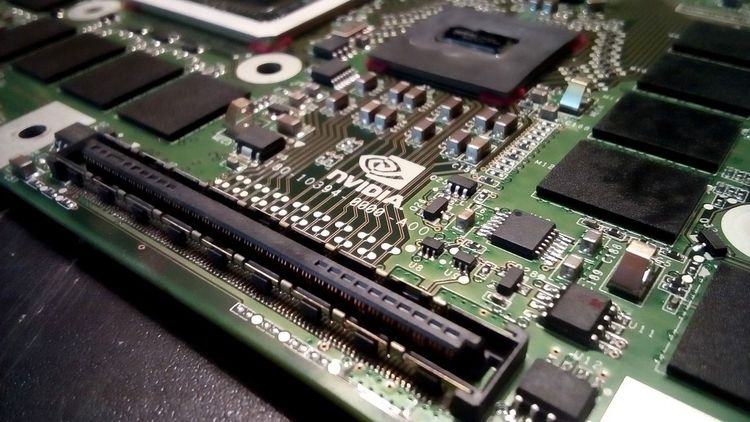For the upcoming weeks, the Actuator robotics newsletter will feature exclusive Q&A sessions with leading experts in the field of robotics. Stay updated by subscribing here.
Part 1: Matthew Johnson-Roberson from CMU
Part 2: Max Bajracharya and Russ Tedrake from Toyota Research Institute
Part 3: Dhruv Batra from Meta
In this edition, we speak with Aaron Saunders, CTO of Boston Dynamics, who has dedicated over 20 years to the company, most recently as its Vice President of Engineering.
What role will generative AI play in the future of robotics?
The rapid evolution of technology makes long-term predictions challenging. Foundation models have revolutionized the development of advanced machine learning models, leading to impressive advancements in natural language interfaces. These models pave the way for creating conversational capabilities in robots, enhancing computer vision functionalities, and enabling new user-driven experiences, like visual question answering. We anticipate that these scalable architectures and innovative training approaches will expand beyond language and vision into areas such as robotic planning and control. Ultimately, improving a robot's ability to understand its surroundings will foster richer interactions. This is a thrilling era for robotics!
What are your views on the humanoid form factor?
Humanoids aren't necessarily the optimal design for every task. For instance, Stretch is a box-moving robot we introduced after garnering interest through a video of Atlas performing the same action. Just because humans can move boxes, it doesn't mean we are the best design for the job. That's why we engineered Stretch, which can perform the task more effectively than a human. Nevertheless, we recognize the immense promise of pursuing general-purpose robotics, where humanoid designs naturally align with our environment. We are excited about humanoids and are diligently working to bridge the technological divide.
Following manufacturing and warehousing, what’s the next major sector for robotics?
Manufacturing and warehousing clearly match customer needs with technological capabilities. As we expand into new domains, we expect a gradual shift from predictable environments to those characterized by greater uncertainty. After widespread adoption in sectors such as manufacturing and logistics, the next significant wave of robotics will likely emerge in construction and healthcare. These fields present compelling opportunities due to their large workforces and increasing demands for skilled labor, which are currently unmet. This combination, situated between structured industry and unstructured consumer markets, represents a natural progression toward general-purpose robotics.
How far are we from achieving true general-purpose robots?
Numerous challenges lie ahead before we can create genuinely general-purpose robots. While specialized robots are now commonplace in industrial automation, multi-functional robots are just beginning to appear. For robots to be truly versatile, they must navigate unpredictable environments and solve unfamiliar problems while building user trust. Additionally, they must deliver significant value at competitive prices. However, the good news is the growing momentum and interest in robotics. Children are being introduced to robotics early on, and recent graduates are accelerating technological advancements. Today’s focus on delivering value to industrial clients is laying the groundwork for tomorrow’s consumer opportunities and the future of general-purpose robotics we aspire to.
Will in-home robots (beyond vacuums) become mainstream in the next decade?
We can expect more robots to enter our homes within the next decade, but they will likely be limited to specific tasks—similar to the Roomba. Multifunctional in-home robots that serve a broad consumer market are still over a decade away. The pivotal question is: when would you be willing to pay for a robot as much as you would for a car? The answer lies in achieving comparable levels of reliability and value that we take for granted in the vehicles we use daily.
What important robotics story or trend isn’t receiving enough attention?
Interest in AI and its potential to transform industries, including robotics, is at an all-time high. While AI plays a crucial role and can unlock opportunities in static domains, creating effective robotic products involves more than just binary code. To achieve the physical embodiment needed for interaction with our environment, we must also advance key technologies like computers, perception sensors, power sources, and the various components that constitute a full robotic system. The recent momentum in the automotive sector towards electrification and Advanced Driver Assistance Systems (ADAS) is reshaping a vast supply chain. Moreover, progress in graphics cards, computing technology, and increasingly sophisticated AI-enabled consumer electronics continues to generate value in related sectors. This technological convergence, often overlooked, is one of the most exciting trends in robotics, enabling small, innovative companies to leverage established giants to produce groundbreaking products.







